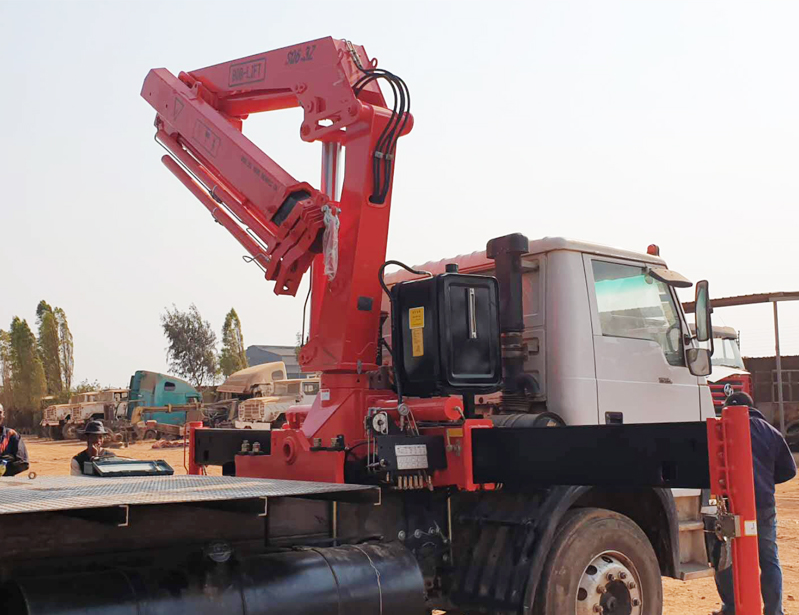What is the life expectancy of a tower crane?
The large lifting capacity of a typical tower crane is close to 20 tons. This type of work capability is a great benefit for engineering construction, but it also means that when cranes are used, several tons of net weight are likely to damage different parts of the crane.

Tower cranes are powerful equipment, but if problems occur, they can be devastating. Learn how long a person can use it and what to pay attention to here.
- Seeing signs of tower crane embrittlement
Tower cranes are particularly powerful among other types of cranes, so safety and practical operation should be the top priority.
There are two important characteristics related to crane embrittlement: structural fatigue and erosion.
Although the latter is easier to test, structural fatigue must be evaluated based on testing. This is just one of the indispensable factors for testing.
To put it simply, structural fatigue is only the expansion of crane cracks. Because the metal materials used for electric welding are inconsistent, this is more common in electric welding connections.
The following is the effective whole process to determine how long the crane is safe to operate:
Evaluate the total number of gaps and the development potential of gaps to confirm the current crane situation
Estimate crane life before testing
Carry out the whole process of on-time testing according to the plan
Estimated crane life after testing
The life span of the crane in this process may not only be the predictive analysis of the operator, but it is highly prone to incorrect human factors.
In turn, this may be transformed into an electronic computer physical model of the overall situation of the crane, which contains a frame diagram and a crack assessment.
If so, this whole process outlines the importance of testing. Under such circumstances, the test is regarded as a milestone in the life of the crane. - The estimated life span of the tower crane
Although some cranes can be used for decades, some are not, and it is clear that the future functional qualities of cranes that can be used continuously are likely to be interesting.
In the case of cranes, you can evaluate the “load cycle time” of the crane.
For this kind of load cycle system, you can also record three parts of the data information of the whole process of crane lifting:
Boom strain force: the wear rate borne by the crane’s boom.
Load line force: the size of the force faced by the main hoisting cable.
Frequency of “picking”: the frequency of lifting carried out by the crane.
Tower strain: the rate of wear encountered by the tower.
Although it is not possible to accurately determine the application life of the crane, the estimating time can determine how many positions the crane has experienced.
In a scientific research conducted by HaagEngineeringCompany, the age structure of cranes may be about 16.9 years old.
Although the life expectancy of the crane varies with many factors, we also estimate that the life expectancy of the crane can be 25 years or more.
The direct evidence of the remaining service life of the crane is the total number of accumulated damages. If the damage to the machinery is not assessed, it is not clear how to apply the crane further.
Compared with crack assessment, the estimated load cycle time is likely to be less accurate. This is because the conclusion of the crack assessment is based on a specific and accurate measurement of the damage produced, not just an application. - The tower crane test reveals the hidden risks of mechanical equipment
The test avoids the problem of making incorrect assumptions about the life of the tower crane.
In the past, older cranes were usually more risky than expected or presented immediately. The objective fact is that older tower cranes do not (not) always show outstanding signs of fatigue.
Most crane users now only install upgraded components, as old components will cause safety hazards.
As everyone knows, if there is no operational test and inspection, the crane is likely to appear to be functioning normally, but the structure is still imperfect.
This is why different parts of the crane, especially the old lifting cage, must be “as new”.
The best way to master the daily life of tower cranes
Although there are many changes in the life of cranes, it is a better course of action to raise awareness of safety precautions. This may seem very visual, but mastering the situation of each crane will tell you that it can also provide you with several service items.
 truck crane,Truck mounted crane,Marine Crane –
truck crane,Truck mounted crane,Marine Crane –